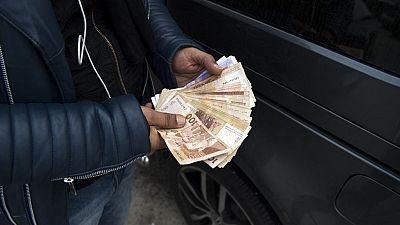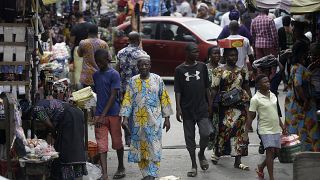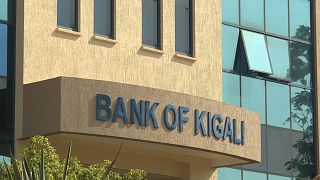Morocco
The Central Bank of Morocco (BAM) again raised its key rate on Tuesday by 50 basis points, to 3%, in order to stem the rise in prices, in particular food, which is affecting low-income and vulnerable households.
At the end of the quarterly meeting of its board, the BAM "decided to raise the key rate by 50 basis points to 3% in order to prevent the outbreak of inflationary spirals", according to a press release from the institution.
The central bank had already raised its key rate during its two previous councils in September and December. This new monetary tightening occurs in the context of strong inflationary pressure, a source of social unrest.
In recent weeks, soaring prices have been strongly criticized by opposition parties, unions, and even some local media. "Recent data show that inflation continues to accelerate, notably under the effect of internal supply shocks on certain food products", notes the BAM.
Vegetables, fruits, and meats are particularly affected by increases. Under pressure, the government, through the voice of the Minister of Economy, Nadia Fettah Alaoui, has promised that prices should "stabilize or fall" during the period of the holy month of Ramadan which opens this week.
According to figures from the High Commission for Planning (HCP), also published on Tuesday, the consumer price index rose by 1.7% in February and by 10.1% over one year, due to the rise in the index of food products (+20.1%).
The Central Bank now expects inflation to remain high at 5.5% in 2023, compared to 6.6% in 2022. It should return to 3.9% in 2024. As for economic growth, the BAM revised downwards its forecast for 2023, at 2.6%, before a recovery to 3.5% in 2024.
The economy of the Maghreb country remains largely dependent on the agricultural and fishing sector, which still represented nearly 12% of GDP in 2020.













11:17
Bridging the legal gap in Africa’s digital boom {Business Africa}
01:54
"Great economic potential in Africa": five African leaders have lunch with Trump
11:19
Cyber Africa Forum highlights Benin's bold digital resilience [Business Africa]
01:51
WEF's Summer Davos focuses on entrepreneurship and innovation
Go to video
World Bank grants South Africa $1.5B for infrastructure, green energy
11:16
Angola hosts U.S.-Africa summit amid calls to revive trade ties {Business Africa}